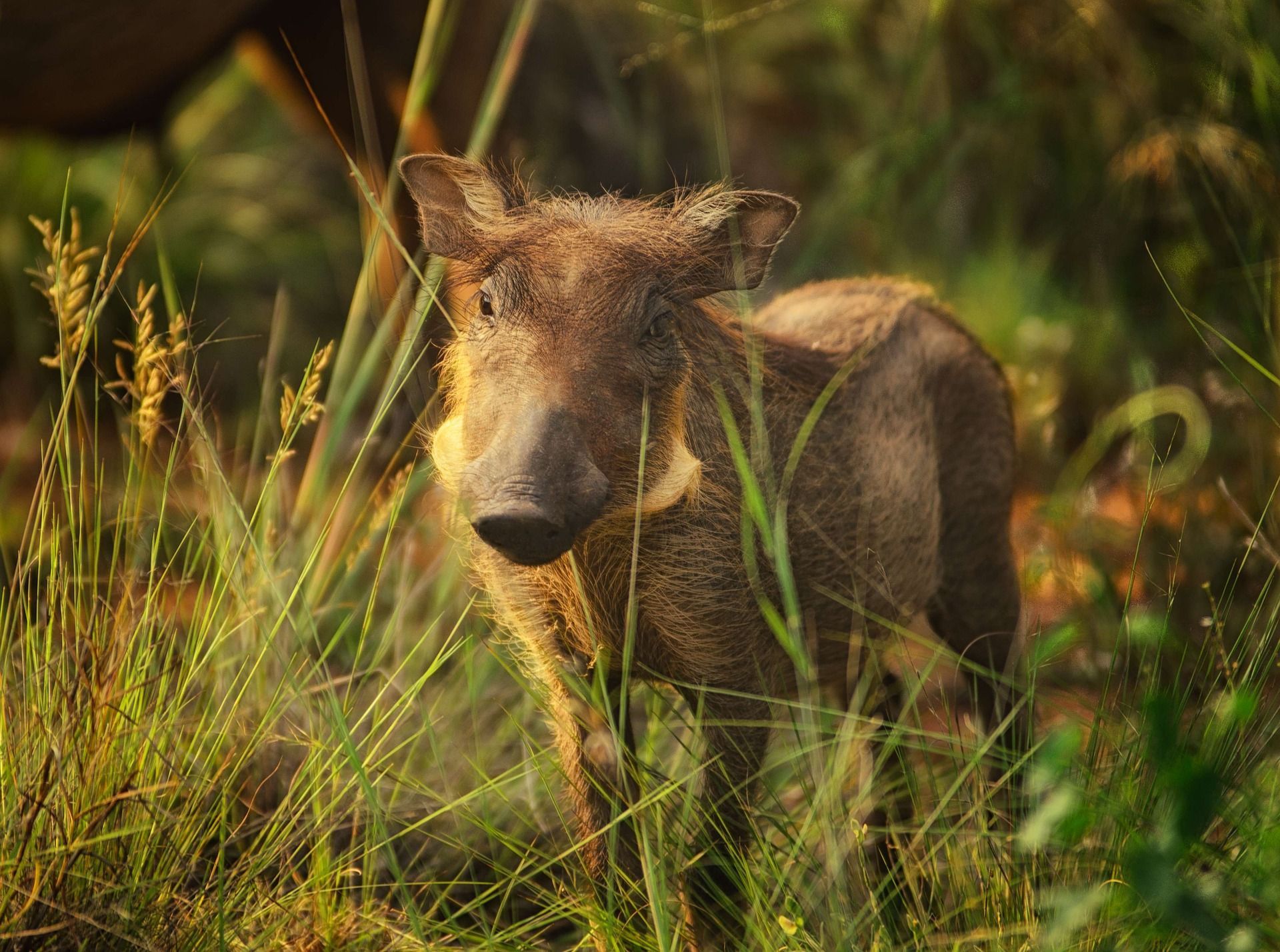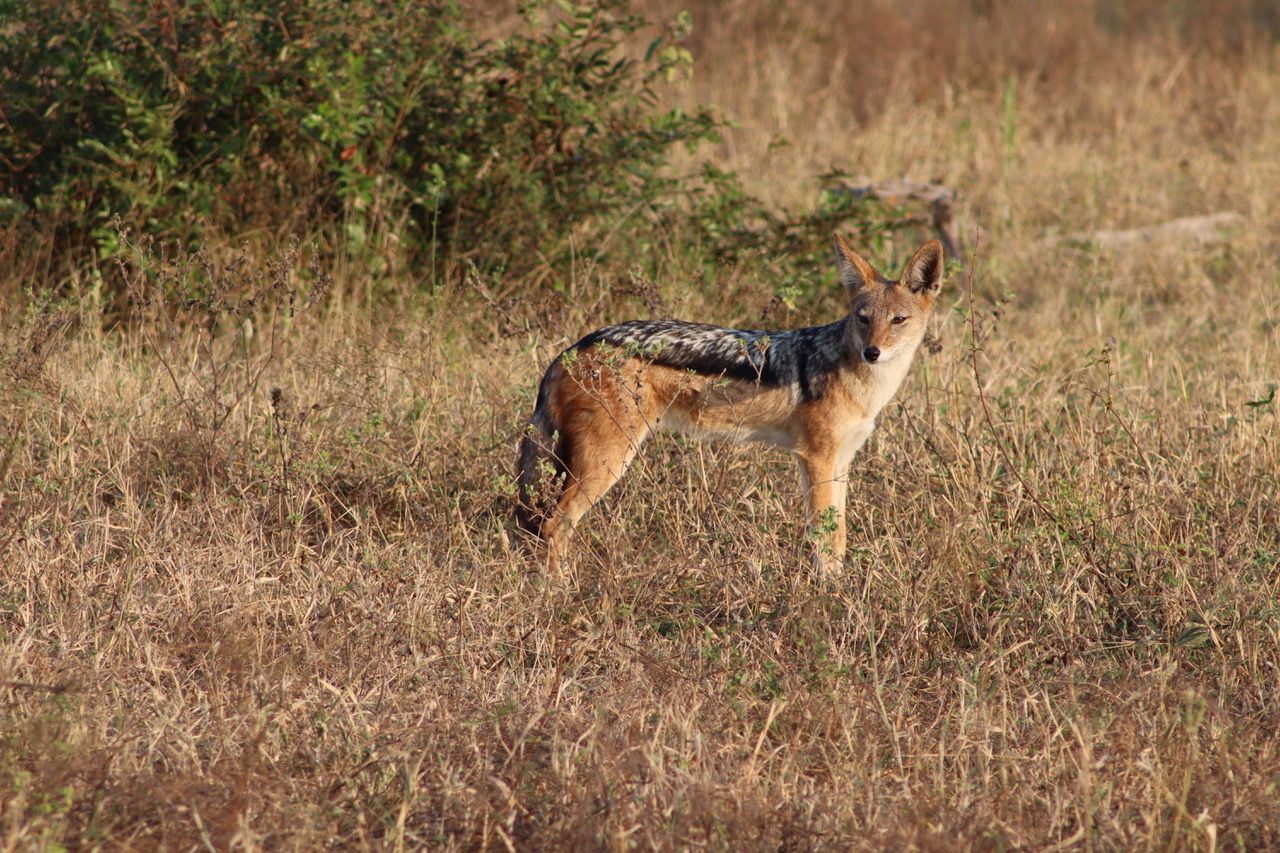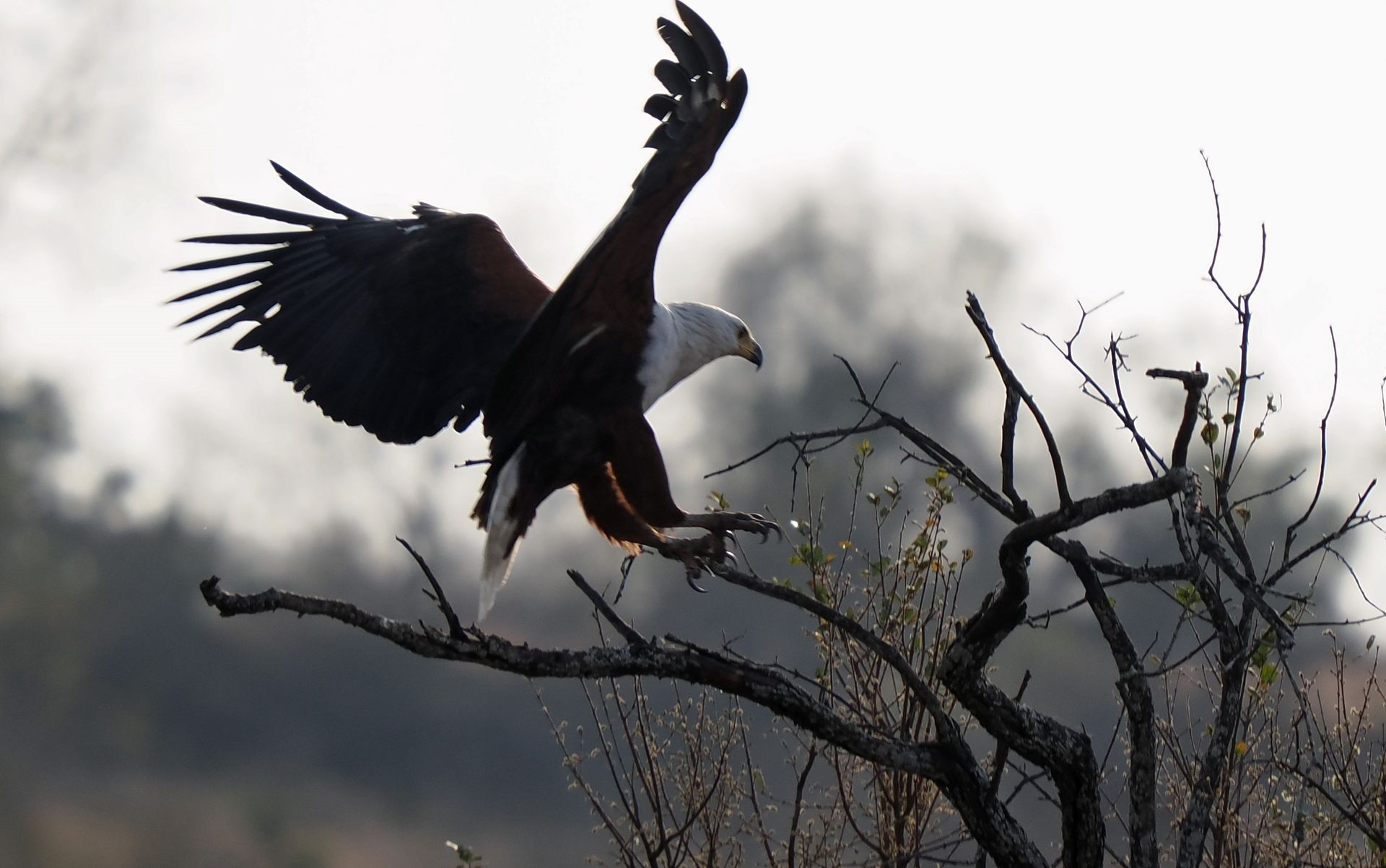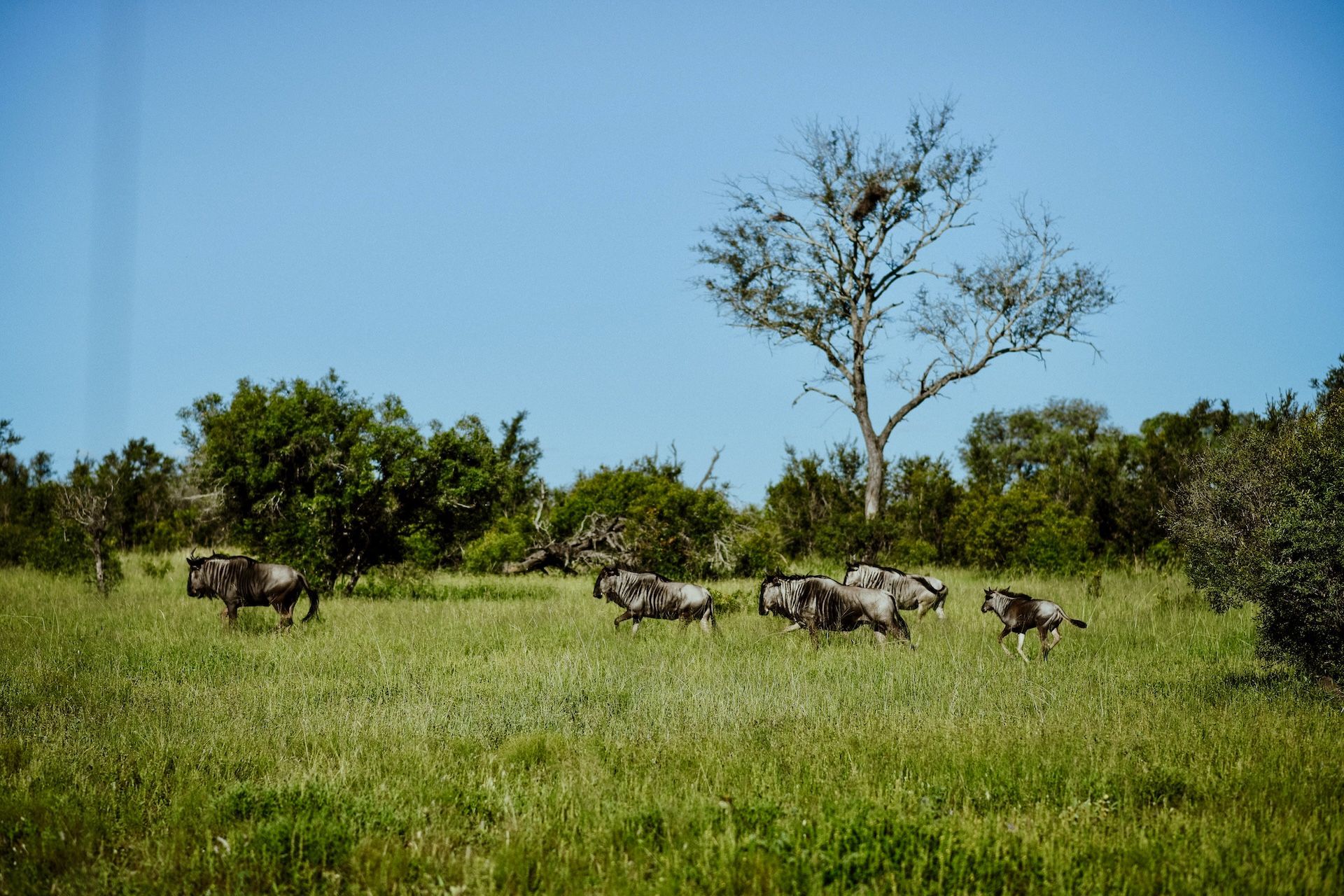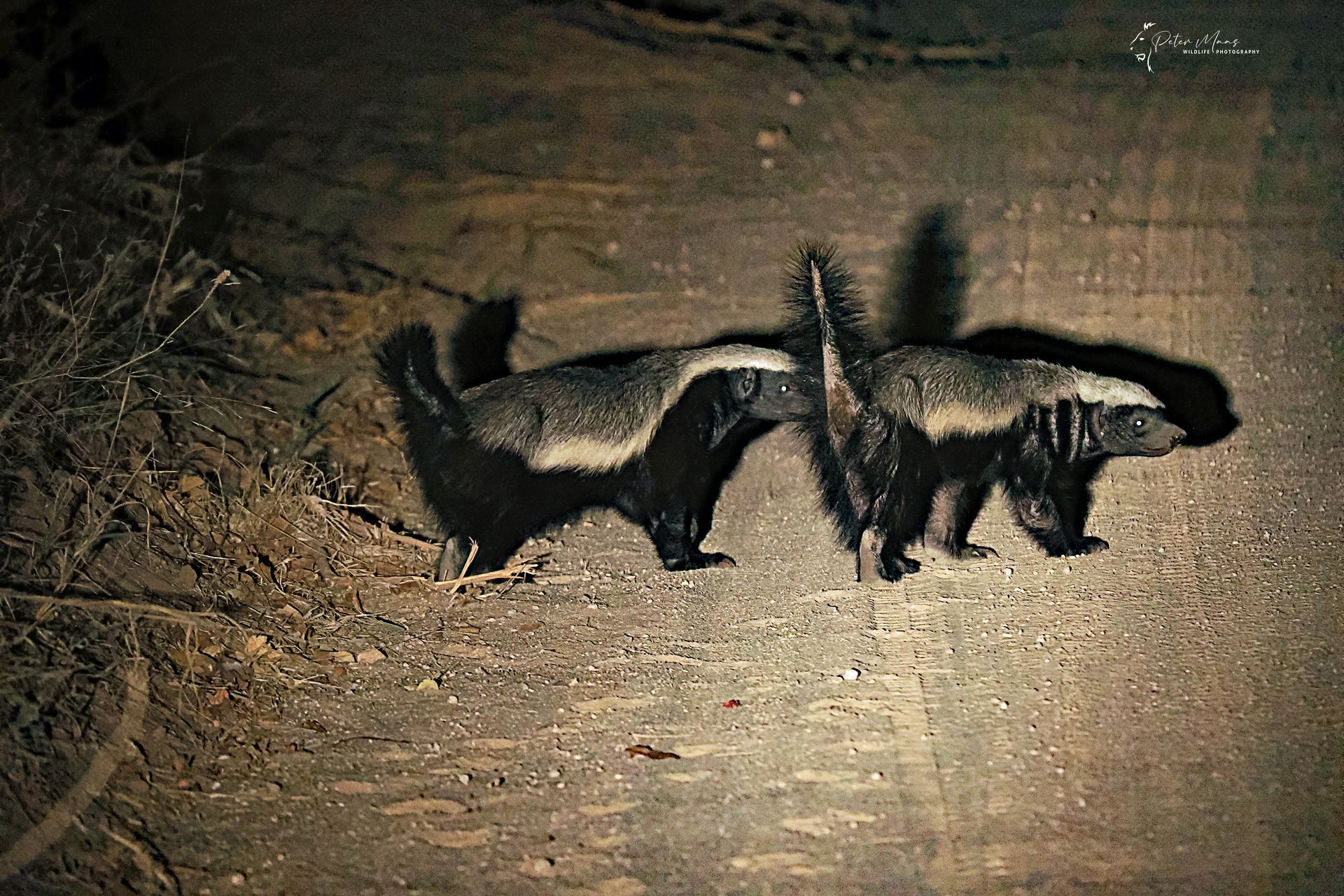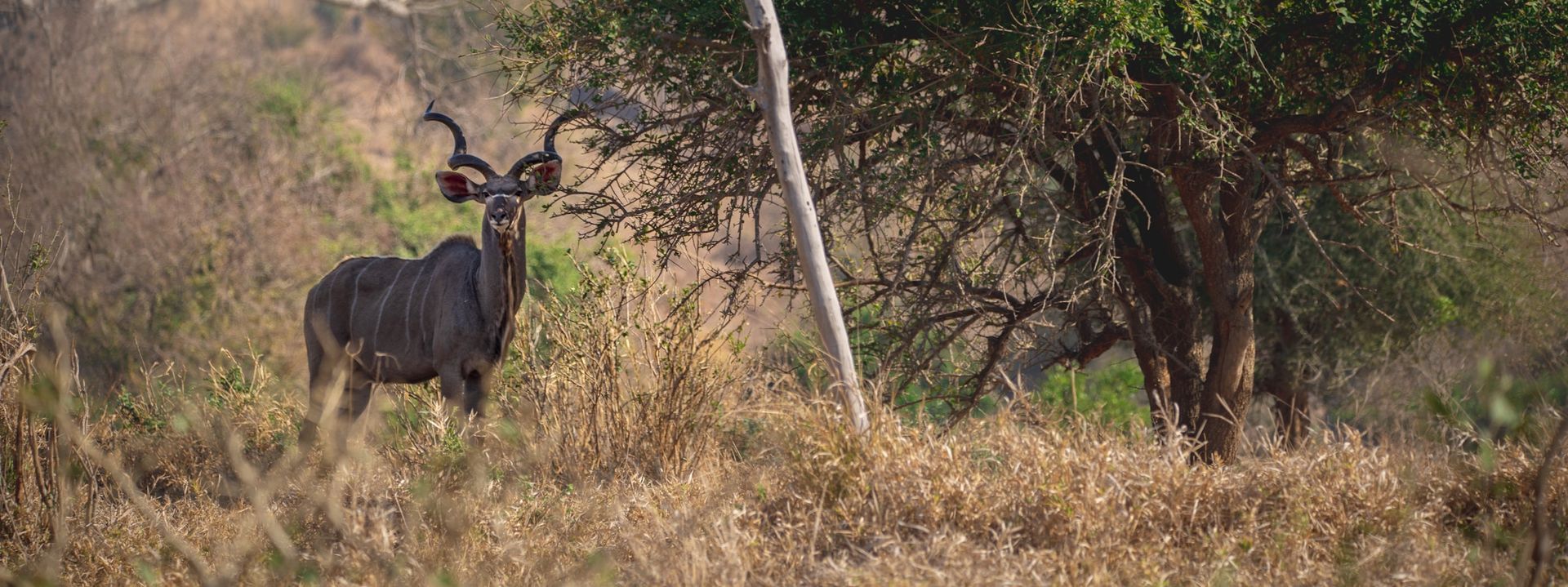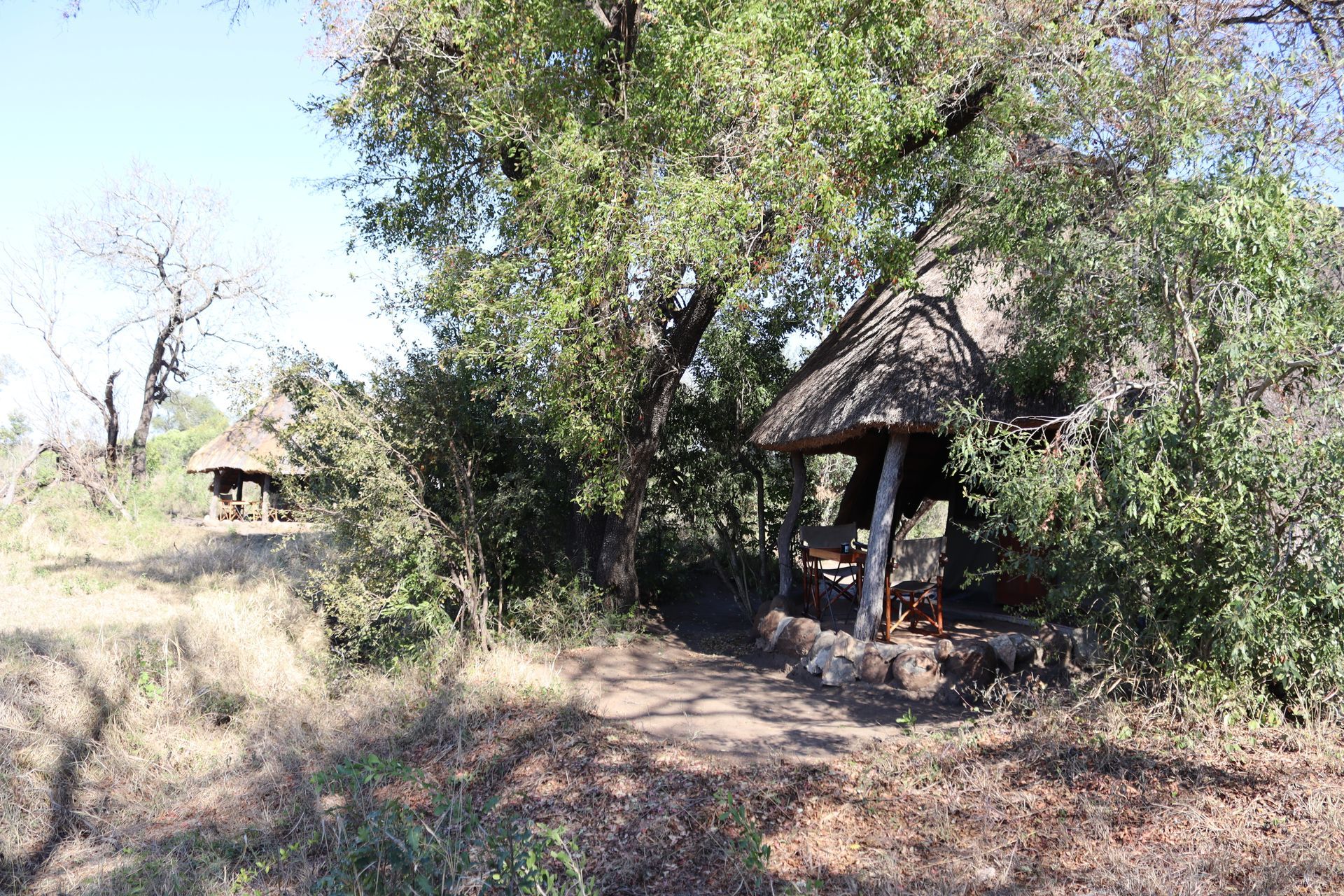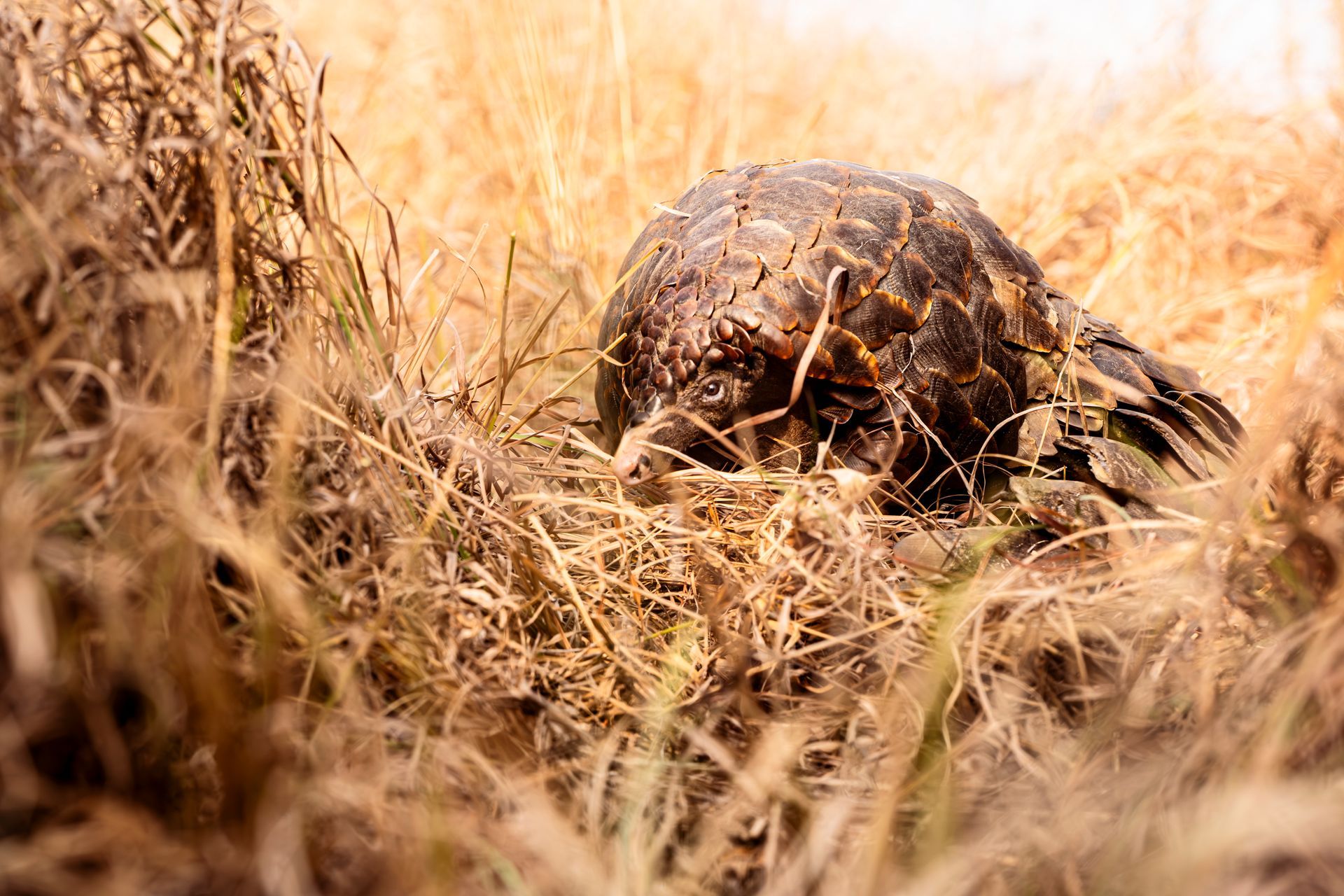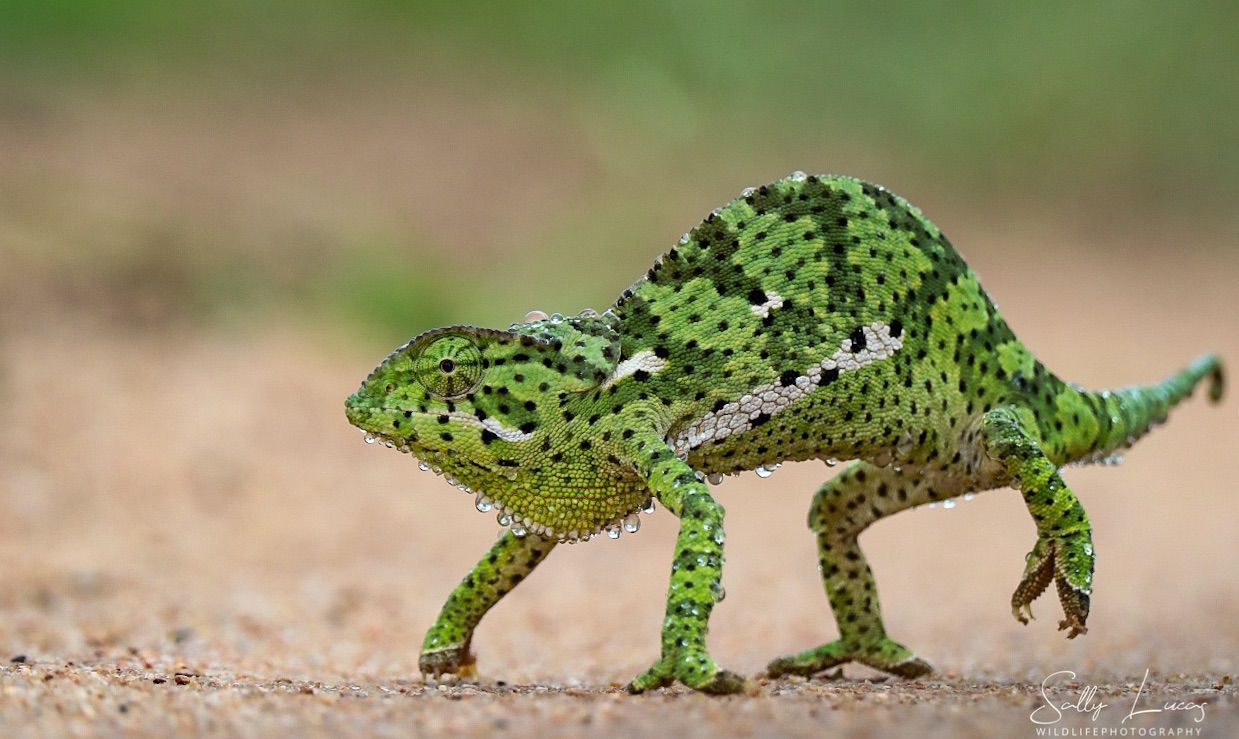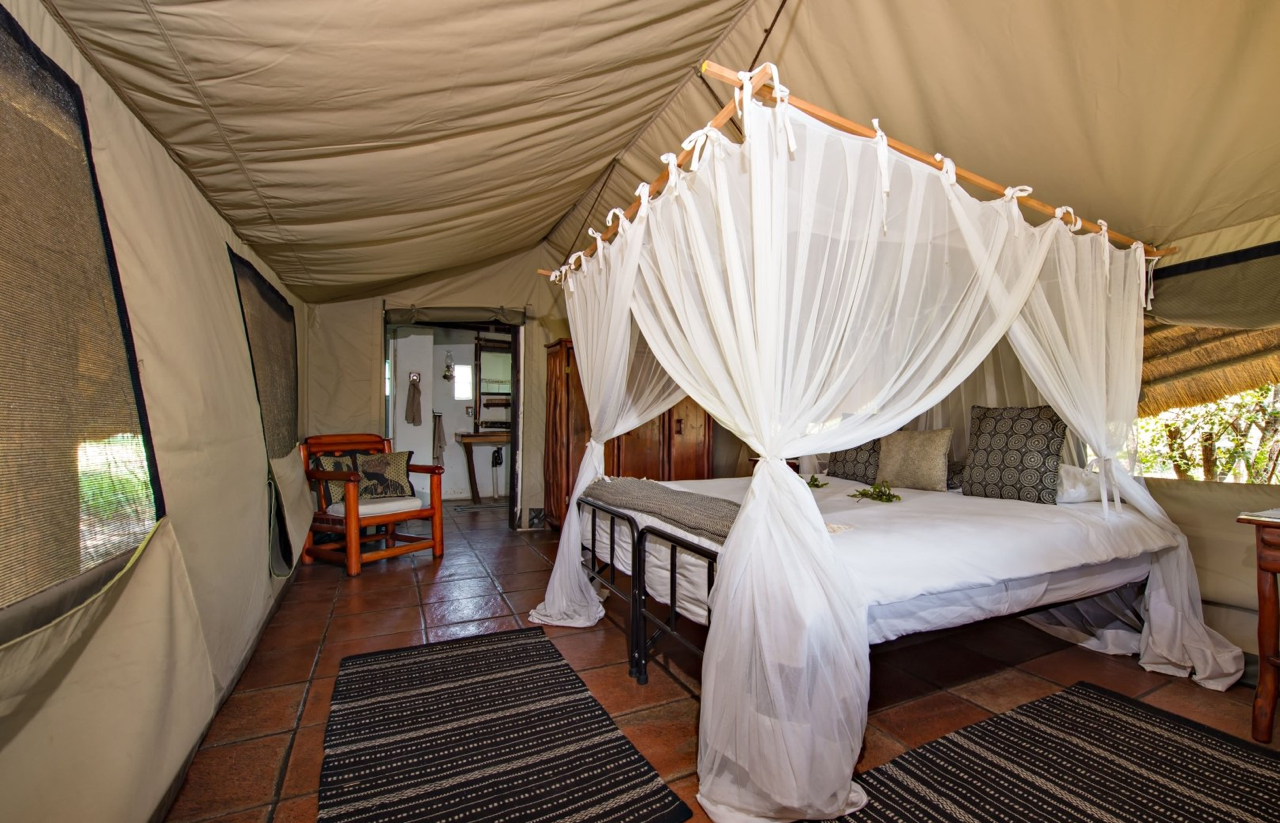Why the dry season is the high season!
South Africa's winter months are prime time for game viewing
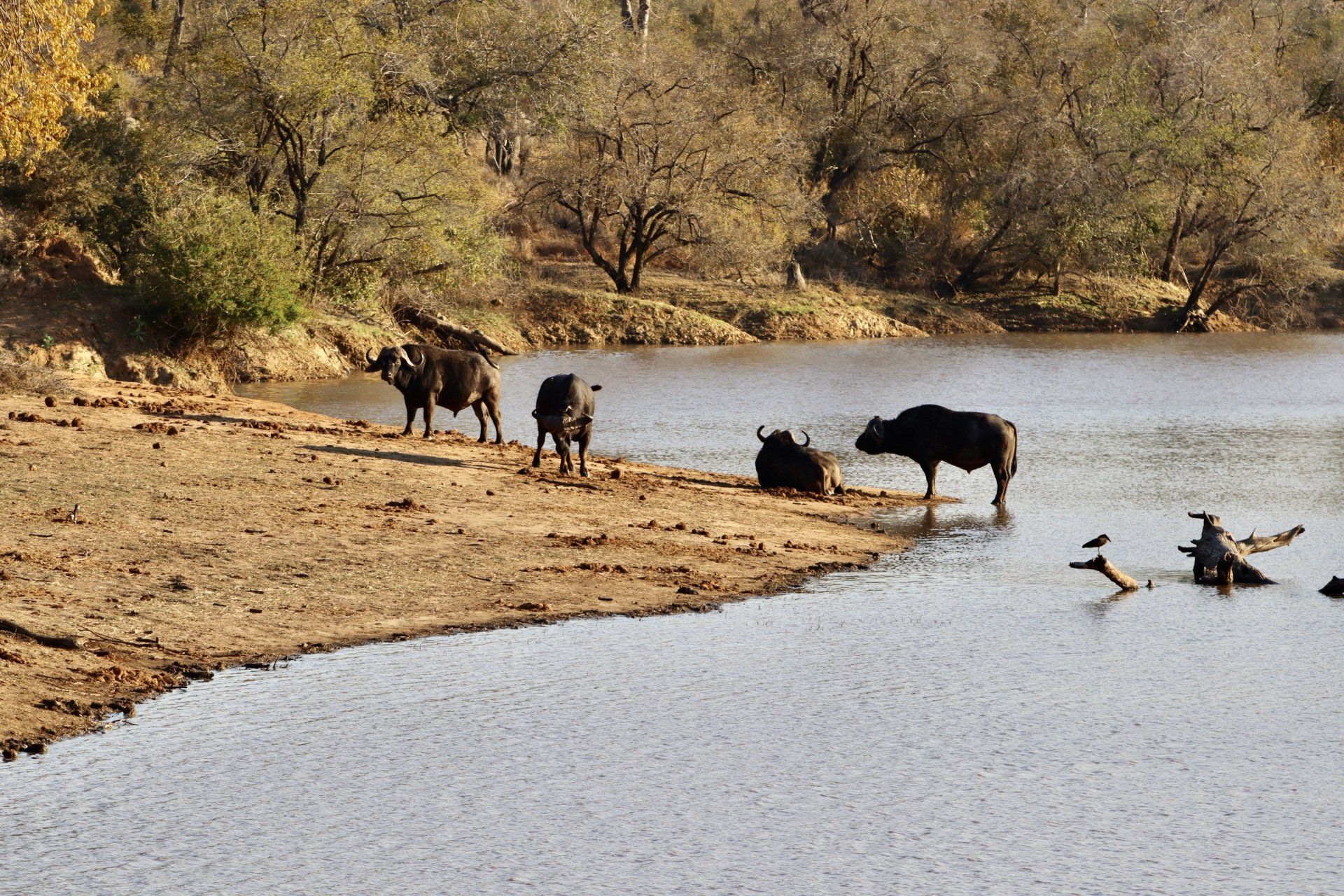
The lush greens of the Manyeleti are fading fast as mid-winter draws in here in South Africa. Late rains have kept the reserve greener for longer, but even so, the dry season is well under way and over the next few months brown and all of its various shades will become the overwhelming colour of the bush.
Which is why some people are surprised to learn that this is the most popular time to be on safari here in Southern Africa, offering superlative game viewing and spectacular wildlife encounters. Why is this time of year so special when it comes to a safari?
For starters the bush is becoming a lot more sparse, making game viewing a lot easier. With less cover predators like lion and leopard are more easily sighted, as are their prey species! Painted wolves will also be on the move more regularly now as their pups are old enough to keep up with the pack. This means lots of puppy action when they are spotted, which is always a treat for guests.
As it gets drier, animals of all species begin to congregate more regularly around water of any kind, be it the camp birdbath and pond (which we keep filled) or local waterholes and dams. While the level of the dams tends to drop quite significantly between now and the start of the rainy season (usually around the end of October/beginning of November) there is generally enough water to suffice and keep the Manyeleti's wildlife thirst-free.
With more animals gravitating to waterholes on a regular basis to drink and bathe, this makes water a prized spot for predator ambushes. Lions love to laze in the shade on the edge of our large dams, hidden from view as they keep an eye on the comings and goings, waiting for an opportunity to pounce on unsuspecting prey. This makes antelope like impala particularly wary when drinking - you'll see their ears constantly scanning for sounds of danger and their bodies tense, ready to run for their lives if they have to!\
Water is a huge drawcard for elephant at this time of year. These iconic creatures need to drink twice a day and usually take the opportunity to have a dip and play in the mud at the edge of the dams and waterholes. This makes for fantastic photographic and video opportunities, as you can see by our recent YouTube videos of a mega elephant encounter at Dixie Dam.
Grazing and browsing becomes a challenge as the dry season progresses and grasses die back and leaves are more scarce, so plains game like antelope, zebra and giraffe spend more time in the open searching for food. This also makes them targets for our ever-hungry lion population. When they do kill, the carcasses quickly become the focus of attention for scavengers like hyena and jackal, as well as vultures who find it a lot easier to locate kills with the lack of cover provided by the bush.
While the game viewing is off the charts at this time of year, there is a downside to winter in the wilderness - it gets exceptionally cold! Yes, South African winters can be bone-chilling, especially when you are in a drainage line like Pungwe is. So if you are coming on safari over the next couple of months, please remember to pack warm clothing, including thermals, a beanie hat and scarf, gloves and a good jacket (a warm fleece or puffer jacket is recommended).
The best way to beat the cold winter mornings and early evenings on an open game vehicle is to dress in layers. Start off in the mornings with lots of them which you can peel off as the temperature rises. Add them in the afternoon as the sun begins to set and the mercury begins to drop with it. We give you warm blankets on game drives at this time of year to help fend off the cold. And we also have hot water bottles if you need them!
In your tent we've got lovely fluffy duvets and warm blankets and when you turn in there will be a hot water bottle in your bed ready for you! So grab a hot shower before bed and snuggle down in your PJs to the sounds of the African night. There's nothing like it!
